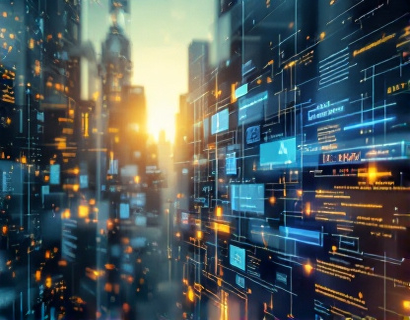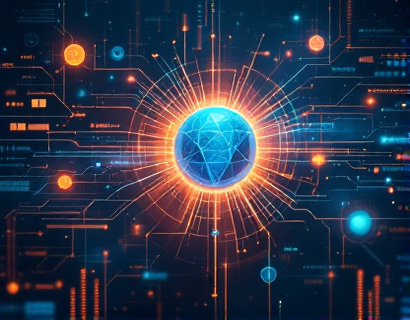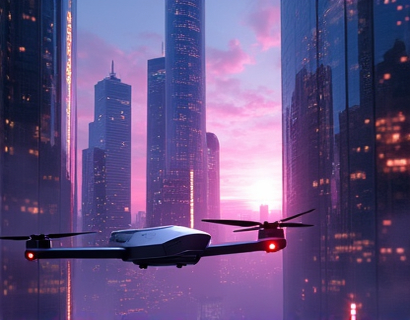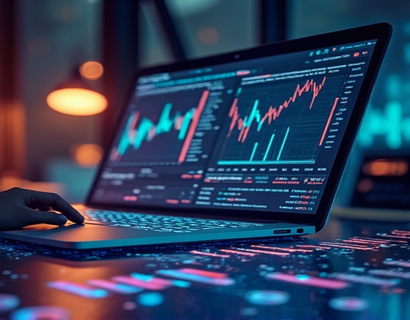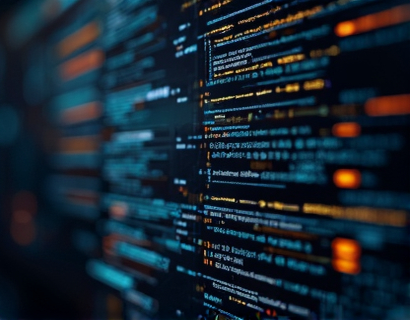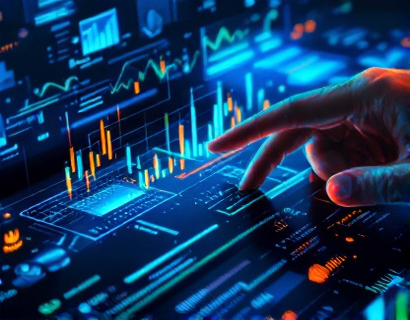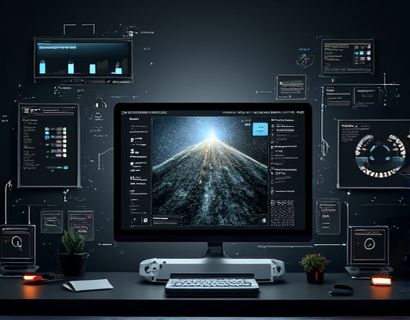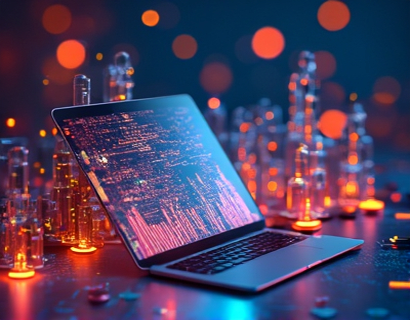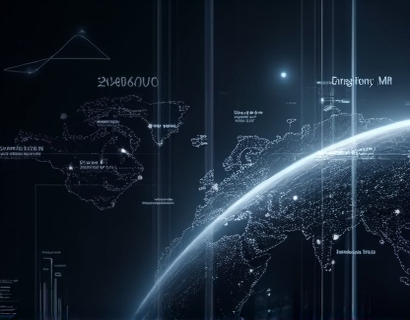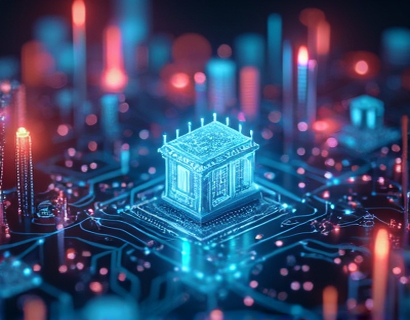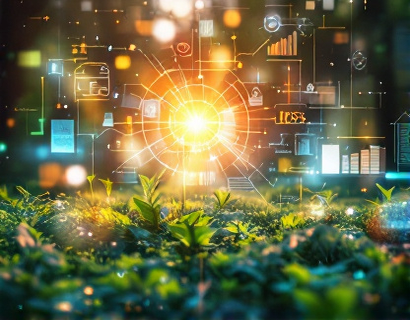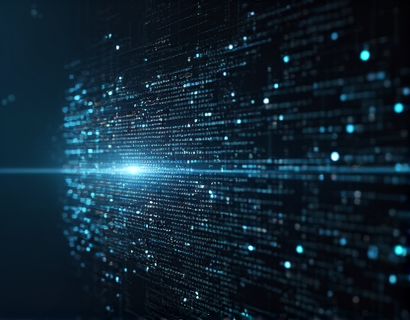Aquaponics Management Revolution: Innovative Software for Sustainable Farming Success
The integration of technology in agriculture has opened new avenues for sustainable farming practices, and aquaponics is no exception. Aquaponics, a symbiotic system that combines aquaculture (raising fish) and hydroponics (growing plants in water), has gained significant attention for its potential to produce food efficiently and sustainably. However, managing an aquaponics system can be complex, involving the delicate balance of water quality, nutrient levels, and the health of both fish and plants. To address these challenges, innovative software solutions have emerged, designed to streamline operations, boost productivity, and enhance sustainability in aquaponics farming. This article explores the transformative impact of this cutting-edge software on the aquaponics industry.
Understanding the Challenges in Aquaponics Management
Aquaponics systems, while highly efficient, require meticulous monitoring and management to ensure the health and productivity of both fish and plants. Key challenges include maintaining optimal water parameters, such as pH, ammonia, nitrite, and nitrate levels, as well as managing the biological filtration process. Additionally, farmers must monitor feed intake, fish health, and plant growth, all while minimizing resource waste and environmental impact. These tasks, when handled manually, can be time-consuming and prone to human error, potentially leading to system imbalances and reduced yields.
How Software Innovations Are Transforming Aquaponics
The introduction of specialized software for aquaponics management has revolutionized the way farmers operate their systems. These platforms offer a suite of advanced tools that simplify monitoring, control, and data analysis, making aquaponics more accessible and efficient. By leveraging technology, farmers can achieve a higher level of precision and consistency, ultimately leading to better crop and fish production while promoting environmental sustainability.
Key Features of Aquaponics Management Software
1. Real-Time Monitoring: One of the most significant advantages of aquaponics management software is its ability to provide real-time data on various system parameters. Sensors connected to the system continuously monitor water quality, temperature, and other critical factors, sending alerts when levels deviate from optimal ranges. This immediate feedback allows farmers to make timely adjustments, preventing issues before they escalate.
2. Automated Control Systems: Advanced software can integrate with automated control systems, enabling precise adjustments to maintain ideal conditions. For example, the system can automatically add chemicals to adjust pH levels or activate pumps to circulate water more efficiently. This automation reduces the need for manual intervention, saving time and ensuring consistent system performance.
3. Data Analytics and Reporting: Comprehensive data analytics tools help farmers gain insights into their system's performance over time. By analyzing trends and patterns, farmers can identify areas for improvement, optimize resource use, and enhance overall productivity. Detailed reports can also be generated for record-keeping and regulatory compliance.
4. Integrated Farm Management: Modern software solutions offer an integrated approach to farm management, combining aquaponics data with other aspects of the operation, such as inventory management, sales tracking, and customer engagement. This holistic view helps farmers make informed decisions that benefit the entire business.
Enhancing Productivity and Efficiency
The efficiency gains from using aquaponics management software are substantial. By automating routine tasks and providing real-time data, farmers can focus more on strategic decision-making and less on day-to-day operations. This shift not only increases productivity but also reduces the risk of human error, leading to more stable and reliable system performance.
For instance, automated feeding systems can ensure that fish receive the right amount of feed at the right times, reducing waste and improving growth rates. Similarly, precision dosing of nutrients for plants ensures that they receive exactly what they need, promoting healthy growth and higher yields. These efficiencies translate into cost savings and higher profitability for aquaponics farmers.
Promoting Sustainability
Sustainability is at the core of aquaponics, and innovative software plays a crucial role in enhancing the environmental benefits of this farming method. By optimizing resource use and minimizing waste, aquaponics systems already offer a more sustainable alternative to traditional agriculture. Software tools take this a step further by enabling precise control over resource consumption.
For example, water usage in aquaponics is significantly lower than in conventional farming, but with software, farmers can monitor and adjust water circulation and filtration processes to minimize usage even further. Nutrient management is another area where software excels, ensuring that excess nutrients are not wasted and that the system remains balanced, reducing the risk of pollution.
Moreover, the data-driven approach facilitated by management software supports research and development efforts aimed at improving aquaponics practices. By collecting and analyzing large datasets, researchers can identify best practices and innovate new techniques, contributing to the overall sustainability of the industry.
Case Studies and Success Stories
Several aquaponics farms have already seen significant benefits from implementing advanced management software. One notable example is a medium-sized farm in the United States that integrated a comprehensive software solution into their operations. Within six months, the farm reported a 20% increase in fish production and a 15% increase in plant yields. More importantly, the farm achieved a 10% reduction in water and nutrient usage, aligning with their sustainability goals.
Another success story comes from a small-scale urban aquaponics project in a densely populated city. By using software to monitor and control their system, the farmers were able to produce fresh vegetables and fish year-round, despite the challenging urban environment. The software's real-time alerts and automated controls ensured that the system remained stable, even during extreme weather conditions, leading to consistent and reliable production.
Future Trends and Innovations
The future of aquaponics management software looks promising, with ongoing advancements in technology poised to further enhance the capabilities of these platforms. Some of the emerging trends include:
- Artificial Intelligence and Machine Learning: AI can be used to predict system behavior and optimize operations based on historical data and real-time inputs. Machine learning algorithms can identify patterns and anomalies, providing proactive solutions to potential issues.
- Internet of Things (IoT) Integration: The increasing use of IoT devices in aquaponics systems will enable more seamless integration with management software, allowing for even more precise control and monitoring.
- Cloud-Based Solutions: Cloud computing offers scalable and accessible platforms for managing aquaponics systems, allowing farmers to access data and controls from anywhere. This flexibility is particularly beneficial for remote or multi-site operations.
- Enhanced User Interfaces: User-friendly interfaces, including mobile apps, will make it easier for farmers to manage their systems on-the-go, ensuring that they can respond quickly to any changes.
These innovations will not only make aquaponics management more efficient but also more accessible, encouraging more farmers to adopt this sustainable farming method.
Conclusion
The integration of innovative software in aquaponics management is transforming the industry, offering farmers the tools they need to operate more efficiently, productively, and sustainably. By embracing these technological advancements, aquaponics farmers can contribute to a greener future, producing high-quality food while minimizing environmental impact. As the technology continues to evolve, the potential for further improvements and innovations is vast, ensuring that aquaponics remains a leading edge in sustainable agriculture.




